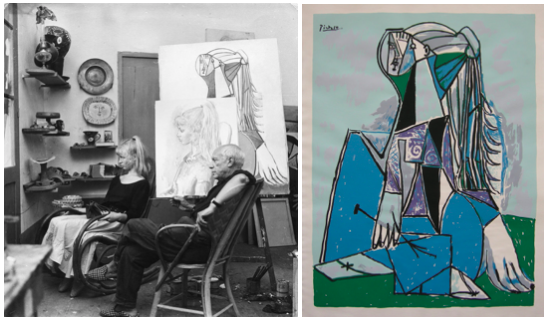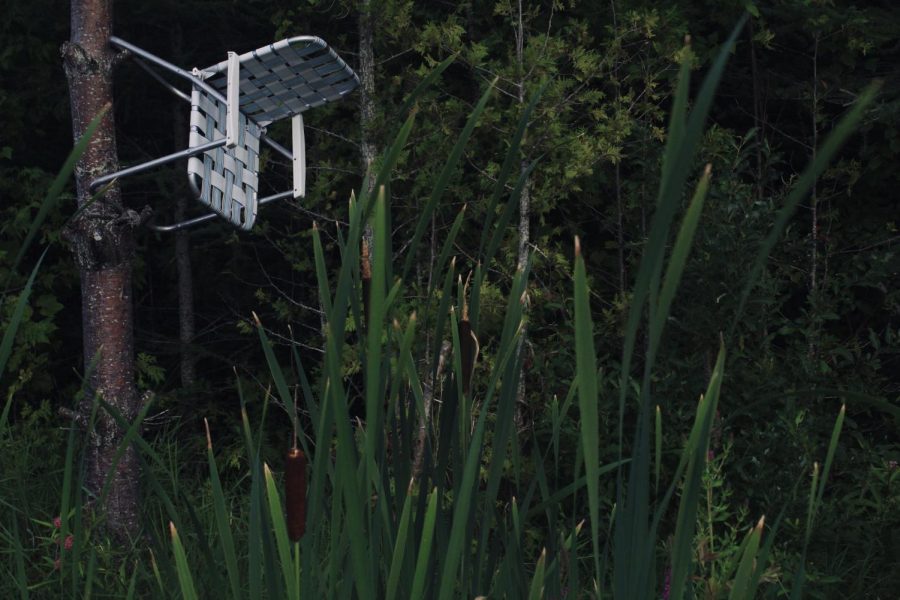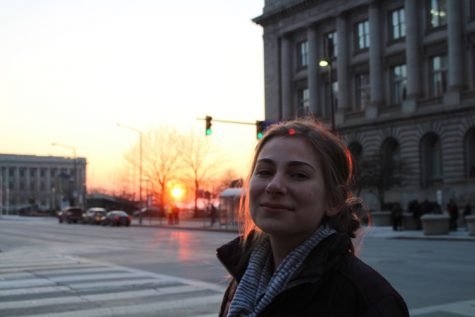I tried to think like Picasso for a day

Picasso an Sylvette (Lydia Sylvette David” by rocor is licensed under CC BY-NC 2.0); Portrait of Sylvette David (2018 Estate of Pablo Picasso)
Nov 19, 2020
A 2007 Yale study found that children as young as 2 years old analyze artwork in terms of the artist’s creative intention. To me, this was a stunning study. Children can recognize the value of artwork despite its seemingly simple appearance. As we mature, however, we apparently lose this sense of appreciation. Almost any journey to an art museum is accompanied by the inevitable patron appraising an abstract work skeptically, remarking that “a 5-year-old could have done that.”
Art is not based exclusively on the technical skill required for its execution. Pablo Picasso mastered realism at just 13, painting what most consider “real art” before creating the cubist school and turning his soft, classic brushstrokes into bold lines and disfigured portraits.
Above is Sylvia David, nicknamed Sylvette, posing for a realistic drawing that Picasso based his cubist interpretation on in 1954. Picasso’s intention with Sylvette’s portrait was obviously to comment on something other than his ability to create beautifully realistic art. He was a bohemian painter with an inventive message derived from the synergy of paint and thought. A nice looking portrait wasn’t enough.
This summer, I tried to do something similar. I began while sitting by the fire on a cool summer evening, imagining the flames leaping out of the pit, walking over to me and scolding me for slouching and impolitely eating a s’more. The flame wasn’t an is, it was a what if — a what if that redefined the function of a primal and essential element. The intention of the flame was no longer to sustain life but to chastise me for acting authentically. It was ironic. It was art.
The next day I grabbed four chairs with Picasso in mind. My intention was to comment on life by showing the absence of it. A chair beckons a user. An empty chair is waiting for purpose. There is something incredibly romantic and tragic about a chair without an occupant. It is often used as an image for death or loss. But what happens when a chair is removed entirely from its purpose and becomes incapable of serving a human function? Does it still capture those same images, or does it become something new?
Here’s what I came up with:
Understandably, my family was perplexed by my four-hour chair project — or, as my younger brother called it, my “weird chair thing.” None of them got it.
Months later, I continue to show these photos to people in the hope they will see or feel something. Admittedly, they are odd. Still, my intention is enough for me to be satisfied with the outcome despite the tilted heads and squinted eyes so many have produced in response to these pictures. Even though it was a practically useless experiment, I had a great deal of fun.
I encourage everyone to step outside of what is tangible or what is comfortable. As Picasso showed us, that is where the real work begins.













